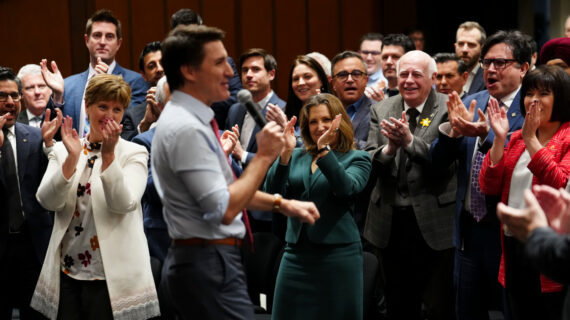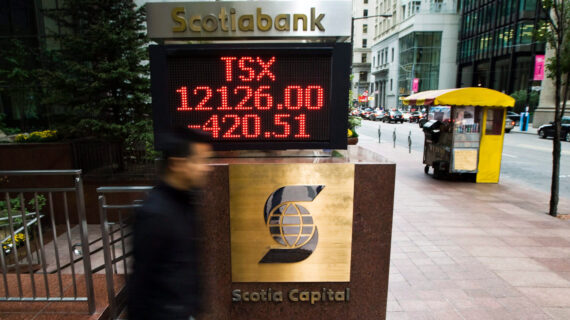The government of Canada, in seeking to deal with the spectacular disruptions that COVID-19 has brought to the economy, implemented the principles of this once-fringe theory with their program of quantitative easing.
But is toying with MMT a reckless act that we will come to regret? The Fraser Institute offers this primer to help us understand what MMT really is so we can better make that judgement.
At base, it is the idea that governments do not need to raise taxes while they increase spending. Steven Globerman, Professor Emeritus at Western Washington University, explains:
“The essential message of MMT is that there is no financial constraint on government spending as long as a country is a sovereign issuer of currency and does not tie the value of its currency to another currency. Both Canada and the US are examples of countries that are sovereign issuers of currency. In principle, being a sovereign issuer of currency endows the government with the ability to borrow money from the country’s central bank. The central bank can effectively credit the government’s bank account at the central bank for an unlimited amount of money without either charging the government interest or, indeed, demanding repayment of the government bonds the central bank has acquired.”
The danger, he writes, is that this has not been proven to work anywhere it has been tried before, from Greece to Latin America. Hyper inflation and declining standards of living have been the universal results.
“The arguments for MMT are really arguments for much higher levels of government spending financed by borrowing provided by the central banks, which has failed everywhere it’s been tried,” he writes.



